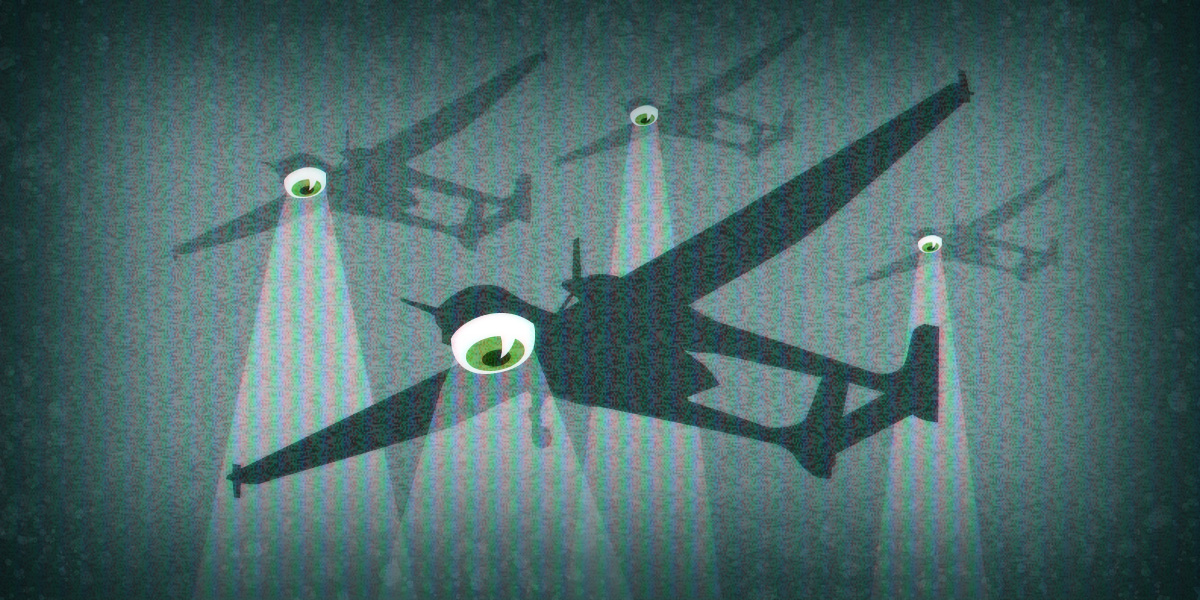In March, the Alaska Supreme Court held in State v. McKelvey that the Alaska Constitution required law enforcement to obtain a warrant before photographing a private backyard from an aircraft. In this case, the police took photographs of Mr. McKelvey’s property, including the constitutionally protected curtilage area, from a small aircraft using a zoom lens.
In arguing that Mr. McKelvey did not have a reasonable expectation of privacy, the government raised various factors which have been used to justify warrantless surveillance in other jurisdictions. These included the ubiquity of small aircrafts flying overhead in Alaska; the commercial availability of the camera and lens; the availability of aerial footage of the land elsewhere; and the alleged unobtrusive nature of the surveillance.
In response, the Court divorced the ubiquity and availability of the technology from whether people would reasonably expect the government to use it to spy on them. The Court observed that the fact the government spent resources to take photos demonstrates that whatever available images were insufficient for law enforcement needs. Also, the inability or unlikelihood the spying was detected adds to, not detracts from, its pernicious nature because “if the surveillance technique cannot be detected, then one can never fully protect against being surveilled.”
Throughout its analysis, the Alaska Supreme Court demonstrated a grounded understanding of modern technology—as well as its future—and its effect on privacy rights. At the outset, the Court pointed out that one might think that this warrantless aerial surveillance was not a significant threat to privacy rights because “aviation gas is expensive, officers are busy, and the likelihood of detecting criminal activity with indiscriminate surveillance flights is low.” However, the Court added pointedly, “the rise of drones has the potential to change that equation.” We made similar arguments and are glad to see that courts are taking the threat seriously.
This is a significant victory for Alaskans and their privacy rights, and stands in contrast to a couple of U.S. Supreme Court cases from the 1980s, Ciraolo v. California and Florida v. Riley. In those cases, the justices found no violation of the federal constitution for aerial surveillance from low-flying manned aircrafts. But there have been seismic changes in the capabilities of surveillance technology since those decisions, and courts should consider these developments rather than merely applying precedents uncritically.
With this decision, Alaska joins California, Hawaii, and Vermont in finding that warrantless aerial surveillance violates their state’s constitutional prohibition of unreasonable search and seizure. Other courts should follow suit to ensure that privacy rights do not fall victim to the advancement of technology.



